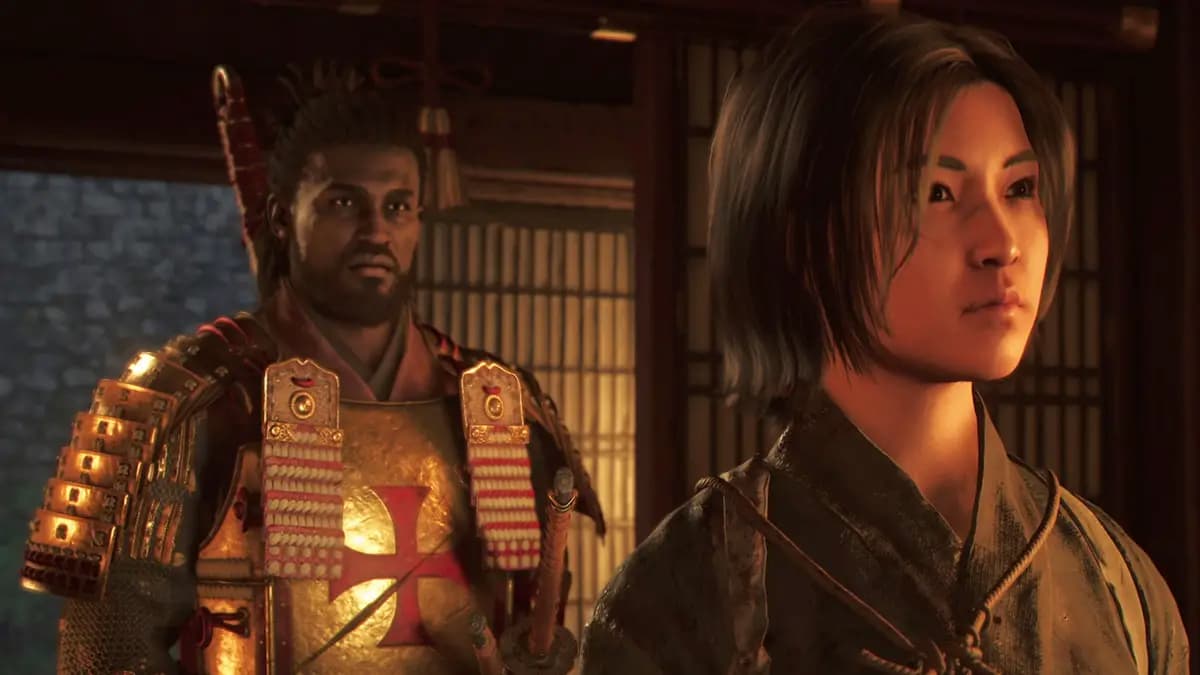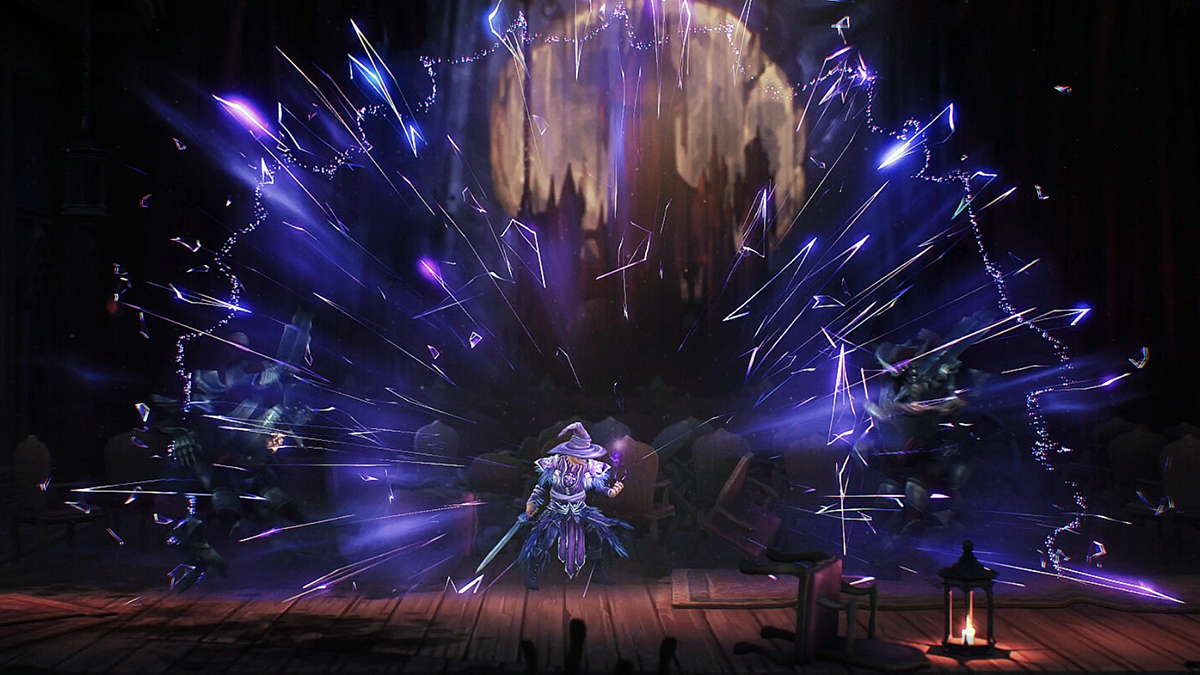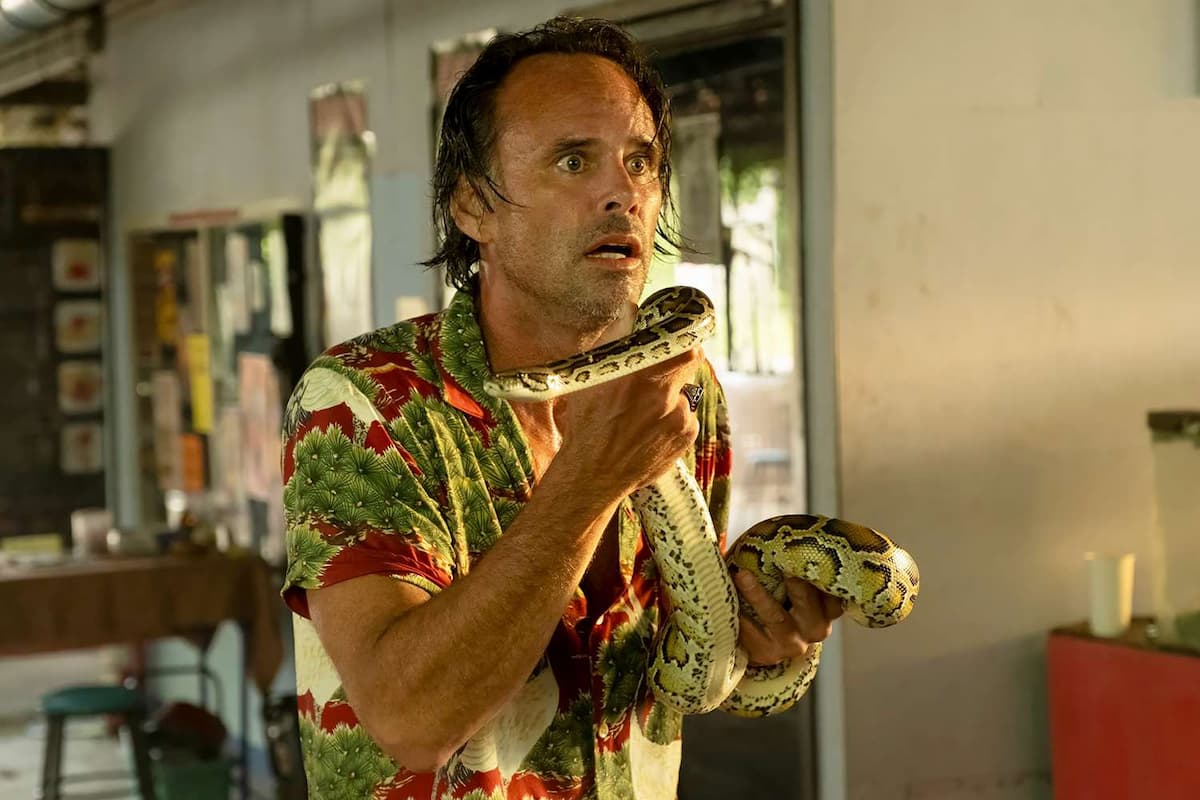Warning: The following article contains spoilers for Furiosa: A Mad Max Saga.
The franchise fatigue concept – the idea that audiences are burning out on long-running movie series – has gathered moment in recent years. But after seeing Furiosa: A Mad Max Saga recently, I’m convinced the fifth Mad Max installment holds the secret to bucking this supposed trend.
Related: Furiosa Just Confirmed the 2015 Mad Max Video Game Is Canon
What makes Furiosa (and by extension, the wider Mad Max franchise) so special? It’s not as though it lacks the hallmarks of other recent big budget blockbusters. Not only does it slot into a wider story – with a brief Mad Max cameo, no less – but it’s even a prequel! Indeed, Furiosa fills up the entire franchise movie bingo card, right down to its post-credits stinger.
Yet Furiosa and the other Mad Max movies set themselves apart from most other cinematic sagas and shared universes in one key way: continuity. They keep things loose – and this laidback approach may be the cure for franchise fatigue.
The Mad Max Franchise’s Modest Box Office Isn’t the Whole Story
Of course, the war rig-sized elephant in the room here is the Mad Max franchise’s box office performance. While 1979’s Mad Max and 1981’s Mad Max 2 (or The Road Warrior, to use its US title) both made a tidy profit, later installments haven’t fared so well. Notably, 2015’s Mad Max: Fury Road reportedly lost Warner Bros. money despite making over $380 million worldwide. What’s more, Furiosa‘s underwhelming ticket sales suggest it will be lucky to break even.
As such, the franchise’s recent history is far more dubious than the likes of Marvel Studios’ MCU, which – a handful of flops notwithstanding – has posted some of the highest-grossing flicks of the last few years. You could even argue that Mad Max should be taking its cues from its competitors, not the other way around.
Related: Who Plays Max Rockatansky in Furiosa: A Mad Max Saga?
There is, however, a key point worth highlighting about Mad Max franchise’s recent performance: how niche the property is. Anyone who’s actually seen Fury Road and Furiosa agrees that both are very good movies. Unlike some of Marvel Studios’ latest outings, both Fury Road and Furiosa nabbed rave reviews and strong audience scores. The problem is that the Mad Max franchise’s appeal is limited, which hems in its potential audience size.
Mad Max is a grungy, R-rated IP that Warner Bros. keeps marketing to a disinterested mainstream – its chances of breaking the bank are slim, at best. But that doesn’t mean that the Mad Max approach to canon couldn’t work wonders on another, more broadly popular franchise.
How Does Mad Max’s Approach Continuity Work?
So, what exactly is the Mad Max approach? In essence, it emphasizes a loose association between each franchise installment. Characters, locations, concepts, and themes carry over from movie to movie, however, the specifics can (and do) vary.
For example, Mad Max protagonist Max Rockatansky is always a guy with a tragic past in a post-apocalyptic hellscape, however, the exact details of his backstory and characterization are subject to change. Literal consistency doesn’t matter.
Related: Does Furiosa: A Mad Max Saga Have a Post-Credits Scene?
As franchise co-creator George Miller observed at a 2015 press conference (via Polygon) a tightly-nit tapestry was never his goal. “All the films have no strict chronology,” he said. “[Fury Road‘s] probably after Thunderdome, but it’s an episode in the life of Max and this world. It’s basically an episode, and it’s us revisiting that world. I never wrote the story, any of the stories, with a chronological connection.”
In that sense, Mad Max is a lot like James Bond. We know the general gist going in – suave superspy goes up against high-stakes evil scheme – and pick up everything else we need to know along the way. It doesn’t matter if we’ve already seen every entry in the franchise or none of them; we just sit back and enjoy the ride.
How Mad Max’s Continuity-Lite Approach Can Fight Franchise Fatigue

So, what does all this have to do with fighting franchise fatigue? Quite a lot actually – because the Mad Max movies’ continuity-lite approach is, in many ways, the antithesis of most contemporary blockbusters. You can go into Furiosa having never seen Mad Max: Fury Road and still have a blast. By contrast, walk into the average Marvel Studios, DC Studios, or even Star Wars outing today and unless you’re a diehard devotee, it’s like sitting for an exam you didn’t study for.
Indeed, the”fatigue” part of franchise fatigue isn’t just about being tired of a same-same stories (although that’s part of it) – it’s about being tired of keeping up. Of constantly having to stay on top of every addition to an ever-expanding, increasingly convoluted catalog of content. Franchises like Mad Max neatly side-step all of that thanks to their focus on self-contained installments.
Related: Furiosa: Is Tom Hardy in the Mad Max: Fury Road Prequel?
This doesn’t mean Hollywood studios should do away with strictly enforced shared universes entirely. After all, part of the fun of many franchise movies is seeing how they feed into an overarching narrative. But what studios should do is stop prioritizing the bigger picture above all else – just like Miller did with the Mad Max movies.
Sure, a Mad Max-style blockbuster still nods to its predecessors, however, you can walk in with little prior knowledge, experience a complete story, and exit satisfied. Will viewers familiar with the wider franchise get more out the movie than there less informed counterparts? Absolutely. Yet the world-building they’re responding to serves the narrative and never becomes too unwieldy. It doesn’t drive – or worse, overwhelm – it.
So, the next time a Hollywood studio is revving up yet another sequel or prequel, here’s hoping they pour some of Mad Max‘s continuity-lite fuel in the tank. It just might stop their franchise from stalling.
The latest Mad Max installment, Furiosa: A Mad Max Saga, is in cinemas now.














Published: May 31, 2024 12:00 AM UTC